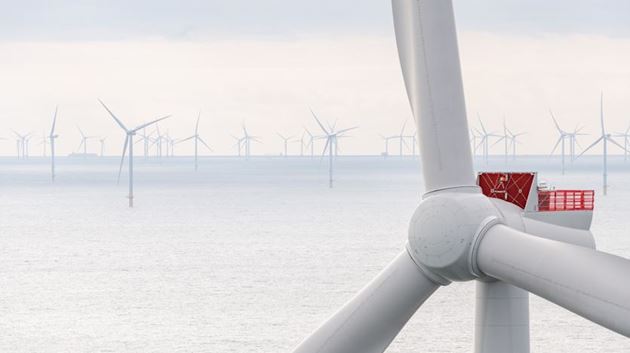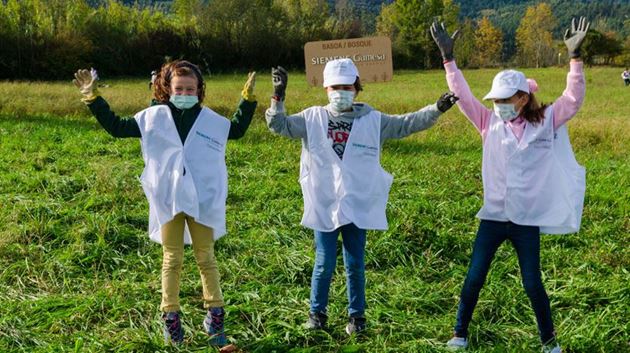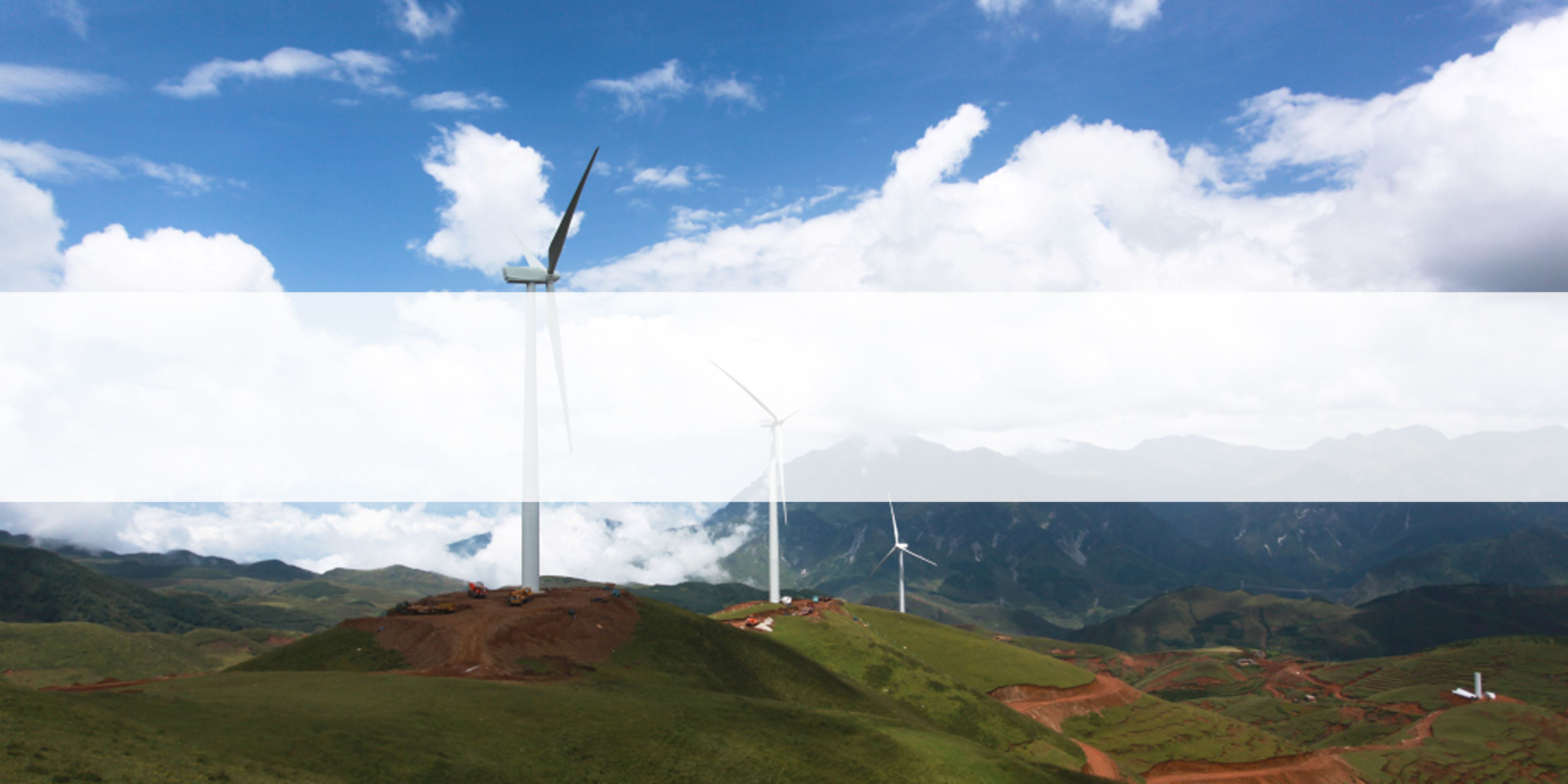
US returns to climate change agreement
The world's second-largest issuer set goals
Signed by 196 nations in 2016, the Paris Climate Agreement rallies the international community around a collective goal of holding global warming to less than 2°C compared to pre-industrial levels, with a target of no more than 1.5°C. On President Biden’s first day in office, he signed an Executive Order to bring the United States into this international climate community once more, and the 30-day re-entry period is now complete.
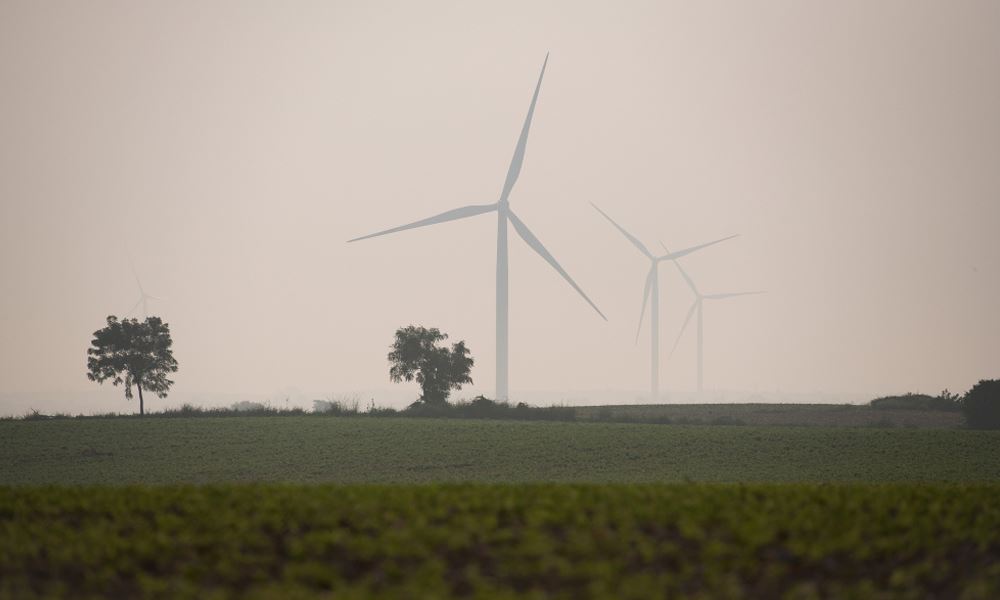
Droughts will drag on for four months longer and expose 388 million more people to water scarcity.
It is clear that the stakes we are facing could not possibly be higher, and 2°C is not good enough. Reducing global warming by just half of one degree is the difference between a world with coral reefs (albeit still under great distress) and one where they no longer exist. It also means more than a 20 percent reduction in global population exposed to severe heatwaves as well as extreme rainfall events and more than 100 million people would be protected from water scarcity.
Siemens Gamesa sits squarely at the center of this energy revolution. The energy sector represents 73% of global greenhouse gas emissions, which includes electricity, transportation, manufacturing and other fuel-related activities. Siemens Gamesa’s installed fleet of over 100 GW of wind turbines avoid over 260 million tons of CO2 emissions annually, which is the equivalent of taking more than 50 million vehicles off the road.
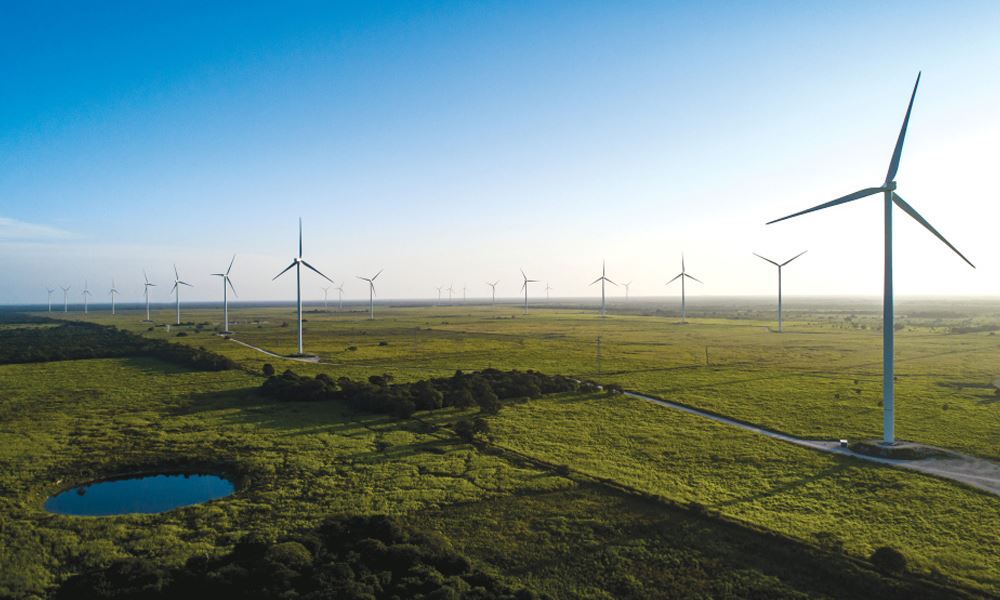
Our commitment to being part of the climate solution extends beyond our clean energy products – Siemens Gamesa achieved carbon neutrality in its operations in 2019, a full 6 years before its goal. Looking ahead, we will now focus our attention to reducing the carbon footprint of our indirect supply chain and continue to develop innovative solutions for the circular economy.

The International Finance Corporation estimates that meeting the challenge of the Paris Climate Agreement will stimulate $23 trillion in new investments. In 2021, $7 trillion hedge fund BlackRock will make climate change central to its investment strategy, and General Motors, the largest producer of light vehicles in the U.S., has announced that it will produce only electric vehicles by 2035.
We are not afraid of game-changing developments or big challenges because we like being pushed. Our days are never the same and neither is our view on “what’s possible” from one year to the next.
As economies emerge from a year ravaged by the global pandemic, and the urgency of bold climate action becomes clearer every day, President Biden’s decisive action on climate change stands as a beacon for sustainable growth. We must come out of this crisis “greener” and with strong prospects for the future – wind power is one of the key levers in achieving this and getting the global economy back on track.


